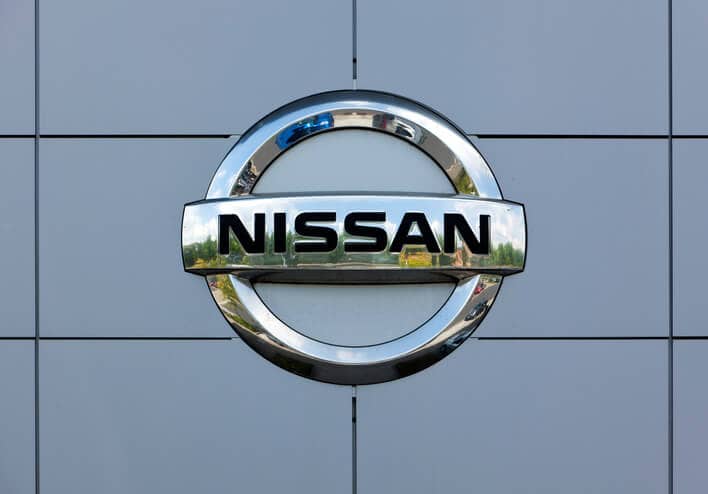The majority of consumers would consider buying a plug-in electric vehicle (PEV) for their next car purchase, but consumer preferences for charging PEVs could increase the cost and complexity of managing the electricity grid and charging infrastructure, according to a report from Accenture.
A study of over 7,000 people in 13 countries found that 60% of consumers would consider buying a PEV for their next car purchase, and 68% would probably or certainly do so within the next three years. Respondents in China are by far the most enthusiastic, with 96% probably or certainly considering a purchase in the next three years.
Consumers' preferences for charging PEVs, however, could challenge utilities and charging-service providers by increasing grid congestion and peak-time electricity demand.
Two thirds (67%) of consumers are not willing to let charge-point operators limit when consumers can charge their PEVs, and 20% would only accept limits if they fell within time periods they had chosen. This would reduce the scope to manage electricity demand and avoid grid congestion.
In addition, 62% of the respondents said they would reject battery swapping, where empty batteries are quickly replaced at service stations for fully charged ones. Instead, they would prefer to plug in their car to recharge the battery. This could limit the opportunity for charging during off-peak hours, when battery swapping companies would most likely refuel batteries.
Finally, 55% of respondents would only plug in their PEV when they need to charge it, rather than whenever they park. This behavior could result in less-predictable charging patterns and could reduce the demand for public charging infrastructure, the reports says.
Consumers would also need more supportive charging infrastructure in order to adopt fully electric PEVs. Only 29% of car drivers would buy fully electric PEVs, and 71% would prefer plug-in hybrid EVs (PHEVs), which run on gasoline or diesel once the battery runs low. When asked why this would be the case, 85% said fully electric PEVs have insufficient battery range to cover their daily driving needs, while 83% cited the insufficient availability of charging points and 70% said charging times for fully electric plug-in EVs are too long.
“As drivers get behind the wheel, they may become more open to fully electric vehicles and battery swapping services, but denser charging networks and fast-charging units will be required if utilities want to drive up demand for all plug-in electric vehicles,” says Matias Alonso, global managing director of utilities at Accenture. “The uncertain demand for plug-in electric vehicles and their impact on the grid means that energy providers must choose between running the risk of network overload and the need for large infrastructure investment, or early deployment of smart technologies that proactively manage local electricity demand and supply.”
In addition, the vast majority of car drivers would want to pay as they charge, as they do for fuel today, requiring utilities to consider changes to their revenue and billing systems if they are to service the market, the report notes. Therefore, the following recommendations are suggested for utilities:
- Reach consumers through commercial alliances with automotive distributors. This will help monitor local demand for PEVs and their impact on infrastructure. It will also give them advantaged access to new customers as they purchase PEVs.
- Optimize infrastructure through collaboration with distribution network operators (DNOs). This includes investing in smart charging to automate charging at times and speeds optimal to the grid and generation capacity. Utilities should also use analytics to exploit consumer usage to better determine patterns of supply and demand.
- Engage consumers through market segmentation. Target customer groups with different offers to increase margins as adoption rises. Utilities should also ensure the focus of PEV pilots covers the customer experience as well as technology issues.
For more information on the report, click here.






